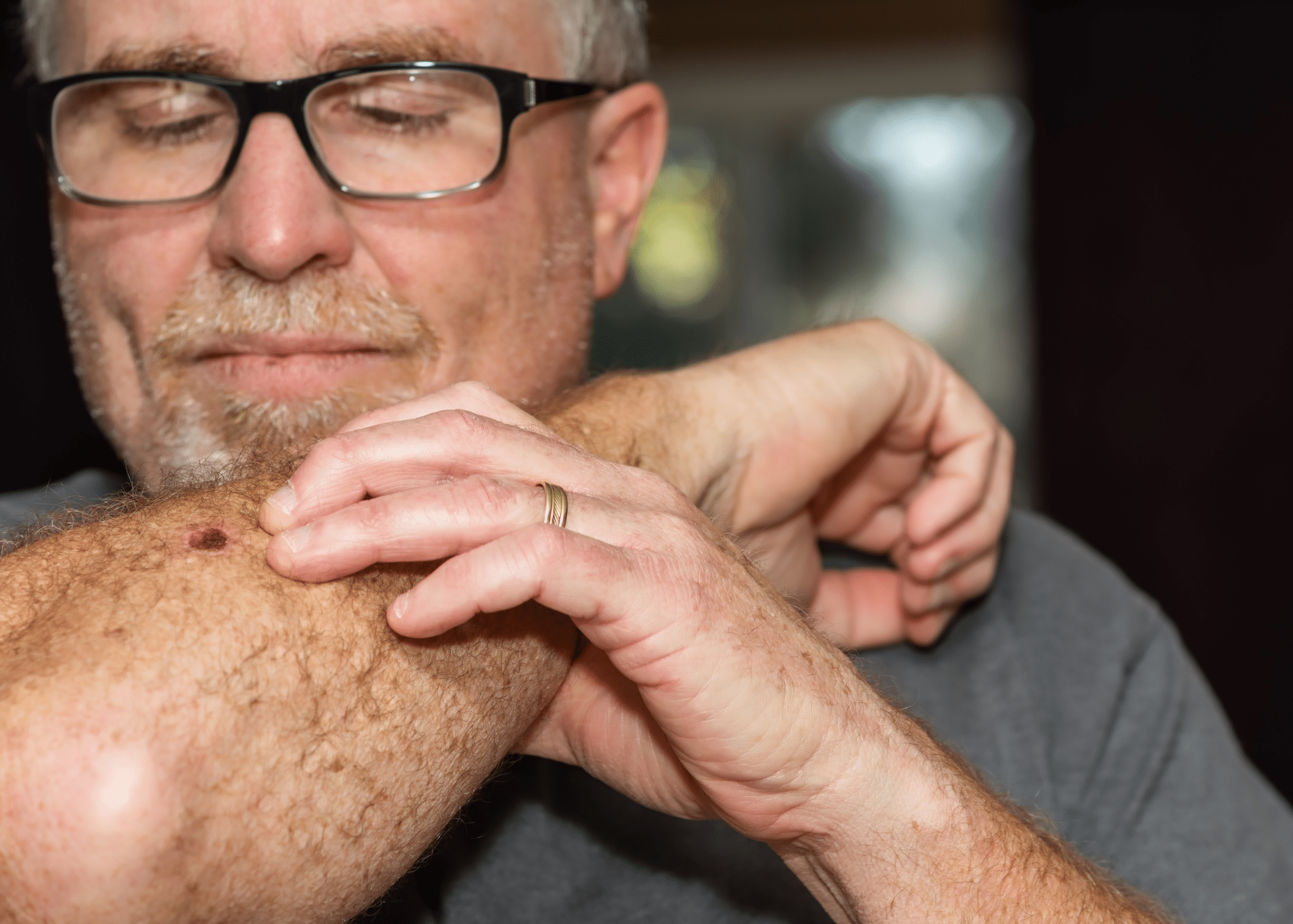
Canthoplasty, also known as the “fox eye lift,” has surged in popularity in recent years. This common surgical procedure rejuvenates the appearance of the eyes and creates a distinctive almond shape. As a plastic surgeon, I frequently answer questions about this transformative surgery.
What is Canthoplasty?
Canthoplasty, or lateral canthoplasty, modifies the lateral canthus, the outer corner where the upper and lower eyelids meet. The procedure tightens and repositions the eyelid, enhancing its shape and function. It effectively corrects drooping or sagging eyelids, addresses lower eyelid malposition, and achieves the “fox eye” look.
Indications for Canthoplasty
Candidates for canthoplasty seek the procedure for functional and aesthetic reasons. Indications include:
- Eyelid Malposition: Conditions like ectropion (outward turning of the eyelid) or entropion (inward turning of the eyelid).
- Aesthetic Enhancement: Achieving a more youthful, almond-shaped eye.
- Rejuvenation: Addressing age-related eyelid laxity and sagging.
- Corrective Surgery: Adjustments for patients who have had previous eyelid surgeries.
About The Procedure
Canthoplasty is precise and intricate. Here’s what it involves:
- Anesthesia: Local anesthesia with sedation ensures comfort.
- Incision: We make a small incision at the eye’s outer corner.
- Tendon Adjustment: The lateral canthal tendon is tightened or repositioned.
- Closure: The incision is closed with sutures, minimizing scarring.
Types of Canthoplasty Techniques
We can employ several techniques, each tailored to the patient’s needs:
- Lateral Tarsal Strip: Shortening and reattaching the lateral canthal tendon.
- Medial Canthoplasty: Modifying medial canthal region.
- Dynamic Canthopexy: Anchoring the canthal ligament and tendon within the orbital rim bone with nonabsorbable sutures.
Benefits of the Fox Eye Lift
Canthoplasty surgery offers several benefits, including enhanced eye shape by achieving the almond-shaped “fox eye” look, improved eyelid function through correcting malposition and improving eyelid closure, a rejuvenated appearance by reducing signs of aging, and boosted self-confidence as a result.
Canthoplasty Recovery and Aftercare
Swelling and bruising around the eyes typically subside within a week. We usually remove stitches within a week. Keep the incision area clean during this period, and avoid strenuous activities and heavy lifting for at least two weeks. Like any surgery, canthoplasty has potential risks, including infection, scarring, asymmetry, and dry eyes.
Comprehensive Consultation Process
Here’s what to expect during your consultation with a board-certified plastic surgeon:
- Medical History Review: Your plastic surgeon will review your medical history to ensure you are a suitable candidate for the procedure.
- Discussion of Goals: You will discuss your aesthetic goals and what you hope to achieve with the surgery.
- Examination: A detailed examination of your eyelids and surrounding areas will help plan the surgery.
- Treatment Plan: The surgeon will create a customized treatment plan tailored to your needs and goals.
- Risk Discussion: We’ll discuss potential risks and complications to ensure you comprehensively understand the procedure.
Pre-Operative Preparation
Preparing for canthoplasty involves several steps to ensure a smooth surgery and recovery:
- Medical Clearance: Obtain necessary medical clearances and pre-operative tests.
- Medications: Follow instructions regarding medications to avoid before surgery.
- Lifestyle Adjustments: Stop smoking and avoid alcohol for at least two weeks before surgery.
- Support System: Arrange someone to drive you home after surgery and assist you during the initial recovery period.
Post-Operative Tips
To ensure optimal recovery, follow these post-operative tips:
- Sleep Position: Sleep with your head elevated to reduce swelling.
- Avoid Rubbing: Refrain from rubbing or touching your eyes.
- Hydration: Stay well-hydrated to aid the healing process
- Diet: Eat a healthy diet rich in vitamins and minerals to support healing.
- Follow-Up Care: Attend all scheduled follow-up appointments to monitor your progress and address any concerns promptly.
Non-Surgical Alternatives: Why I Don’t Recommend Them
Non-surgical canthoplasty using biodegradable threads, often marketed for its minimally invasive nature and quicker recovery time, has several downsides. The primary concern is the temporary nature of the results, as the threads eventually dissolve, returning to the original eyelid position. Additionally, this method may not provide the same precision and long-lasting outcome as traditional surgical canthoplasty.
There’s also a higher risk of complications such as thread migration, infection, bulking, and asymmetry, which can necessitate further corrective procedures. Lastly, the results are often less dramatic and vary significantly depending on the individual’s skin and tissue characteristics.
FAQs about the Fox Eye Lift
Q: Is the fox eye lift permanent?
A: Canthoplasty’s results are long-lasting, but natural aging processes will continue. Many patients enjoy the benefits for years before considering any additional procedures.
Q: How long does the procedure take?
A: Canthoplasty typically takes about one to two hours, depending on the case’s complexity and whether additional procedures are performed simultaneously.
Q: Will I have visible scars?
A: The incisions for fox eye lift are strategically placed and usually heal with minimal scarring. Any scars that do develop are often well-hidden in the natural contours of the eye.
Q: When can I return to work?
A: Most patients can return to work within a week, depending on the nature of their job and their healing process.
Q: Can canthoplasty be combined with other procedures?
A: Yes, canthoplasty is often combined with other facial rejuvenation procedures, such as blepharoplasty (eyelid surgery) or a facelift, for more comprehensive results.
Understanding the Cost of Canthoplasty
The cost of canthoplasty can vary widely based on several factors, including the surgeon’s experience, geographic location, and the complexity of the procedure. Patients can expect to pay between $3,000 and $8,000 for the surgery. It’s important to consider the following when budgeting for canthoplasty:
- Consultation Fees: Cosmetic consultation fees are usually deducted from your surgery balance, so it’s included in your overall cost.
- Surgical Fees: The primary cost includes the surgeon’s fees for the procedure.
- Anesthesia Fees: Anesthesia costs are typically separate and depend on the type of anesthesia used.
- Facility Fees: These fees cover the use of the surgical facility, including operating room costs and any necessary medical supplies.
- Post-Operative Care: Additional costs may include medications, follow-up visits, and necessary post-operative garments or treatments.
Insurance typically does not cover canthoplasty when performed for purely aesthetic reasons. However, partial coverage may be possible if the procedure addresses functional issues such as eyelid malposition. Discussing all potential costs and financing options with your surgeon during the consultation is advisable.
Final Thoughts
Canthoplasty, or the fox eye lift, offers both functional and aesthetic benefits, making it a highly sought-after procedure in cosmetic surgery. By reshaping and repositioning the eyelids, patients achieve a more youthful, almond-shaped eye appearance and address any functional issues. Consulting with a qualified plastic surgeon is essential to discuss your goals and ensure the best outcome.
Book A Fox Eye Lift Consultation With Plastic Surgeons of Northern Arizona
Our award-winning, board-certified plastic surgeons specialize in an extensive range of cosmetic and reconstructive procedures. Book a consultation today at our Flagstaff, Sedona, Cottonwood, Prescott, or Kingman, Arizona offices.
Author Profile: Brian Cripe, M.D., is an award-winning, board-eligible plastic and reconstructive surgeon and Plastic Surgeons of Northern Arizona partner. Dr. Cripe specializes in cosmetic surgery, limb salvage, peripheral nerve microsurgery, hand surgery, and oncologic reconstructive procedures. He has performed over 6,000 surgical cases during his nine-year tenure as a surgeon.




